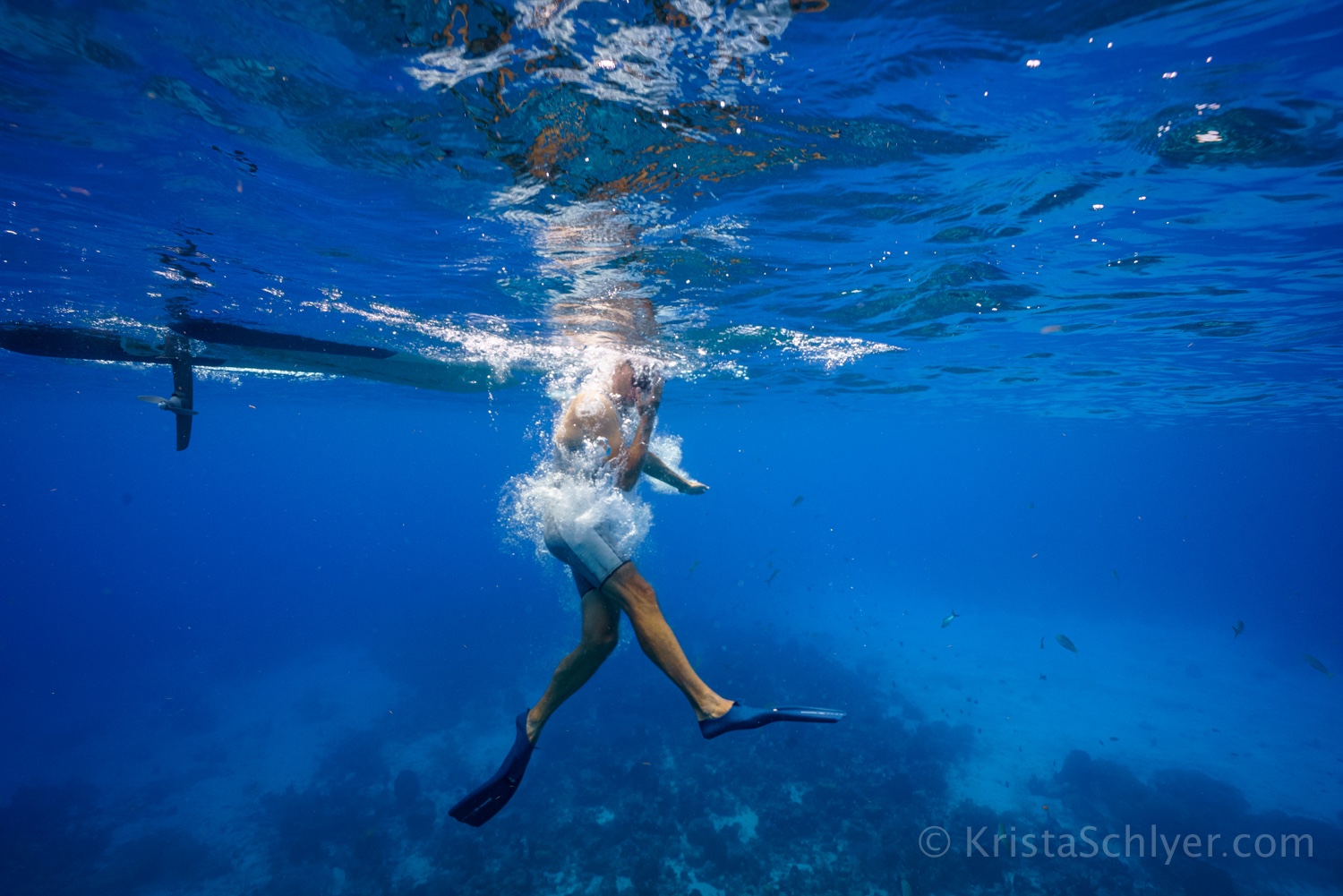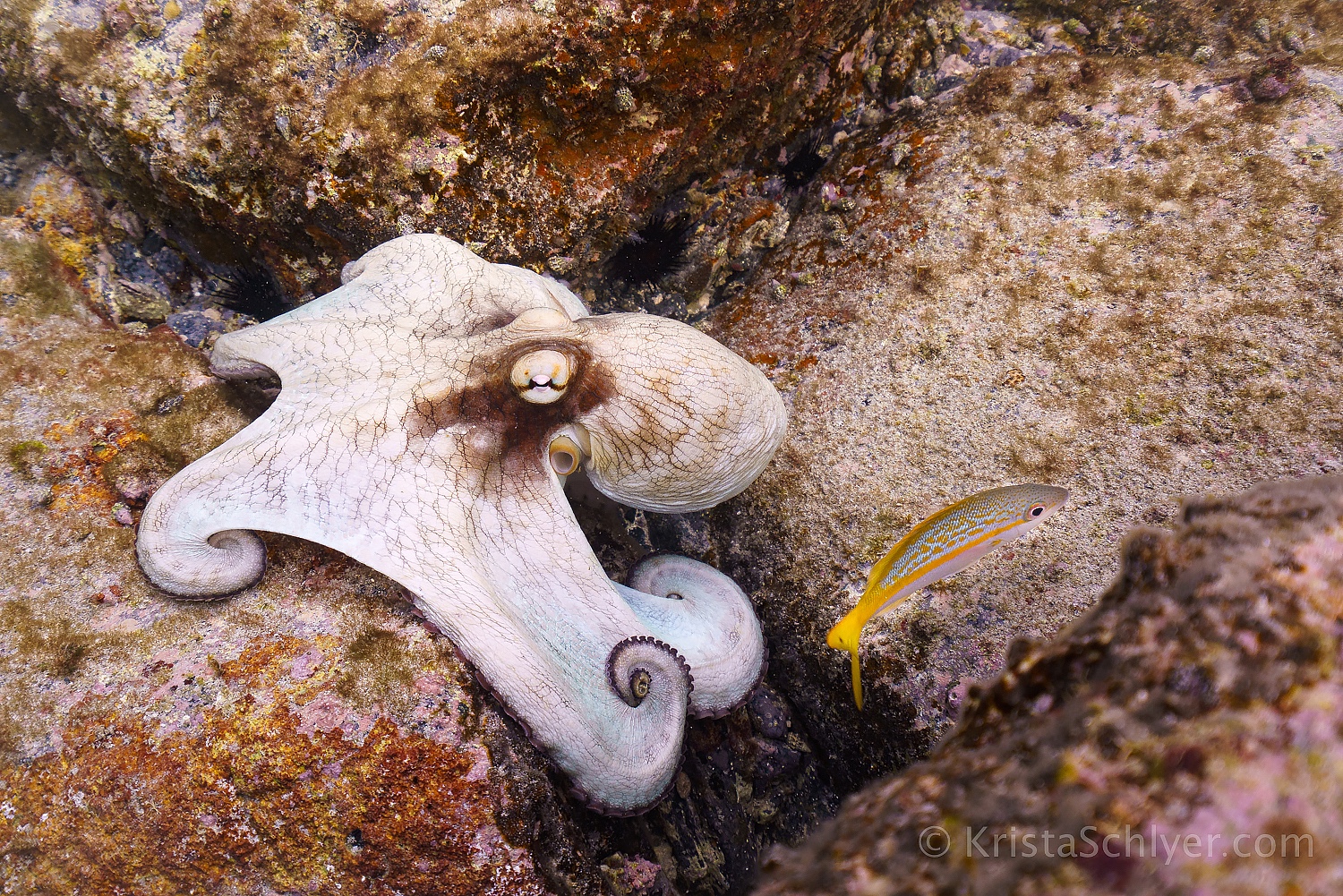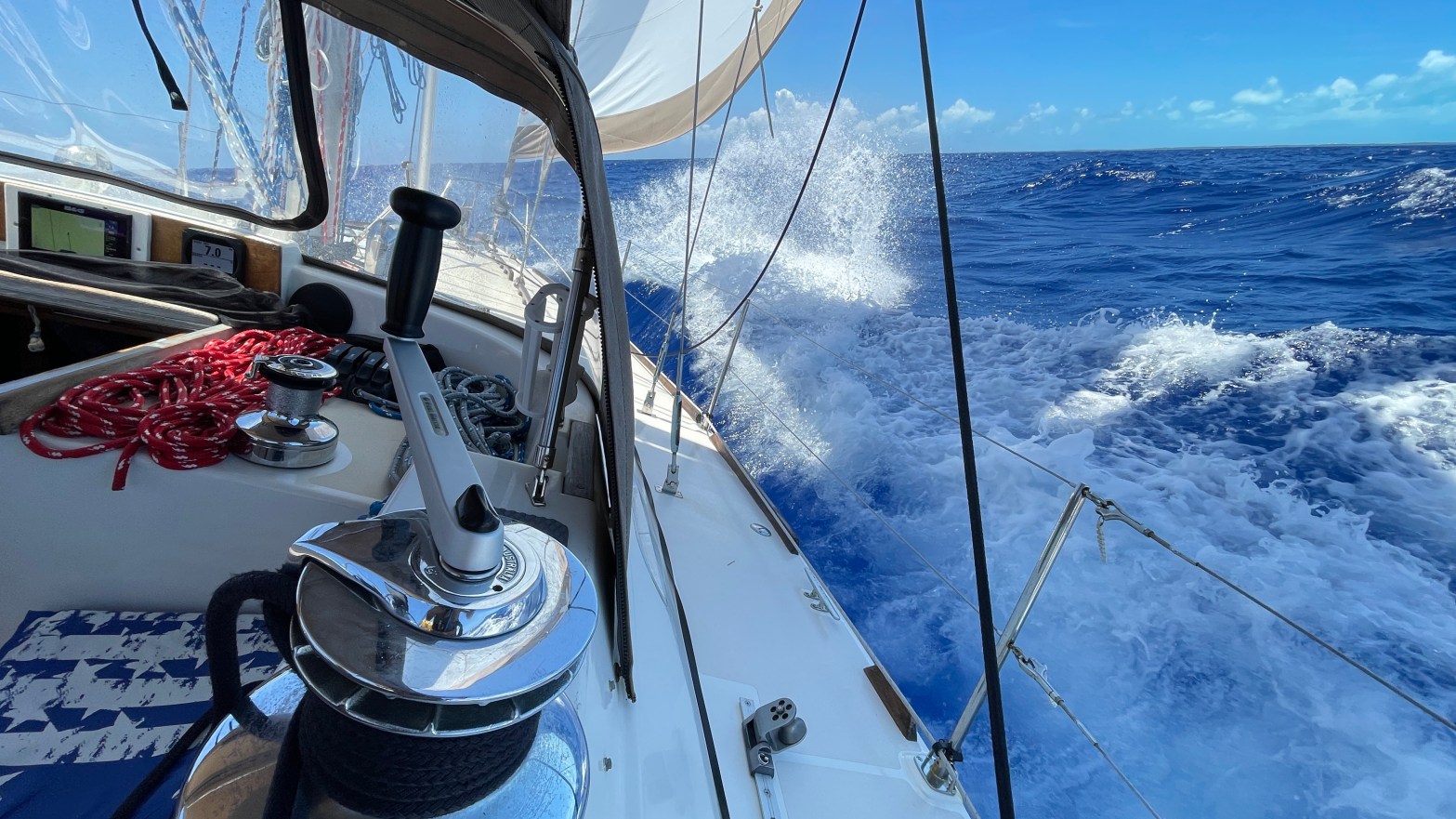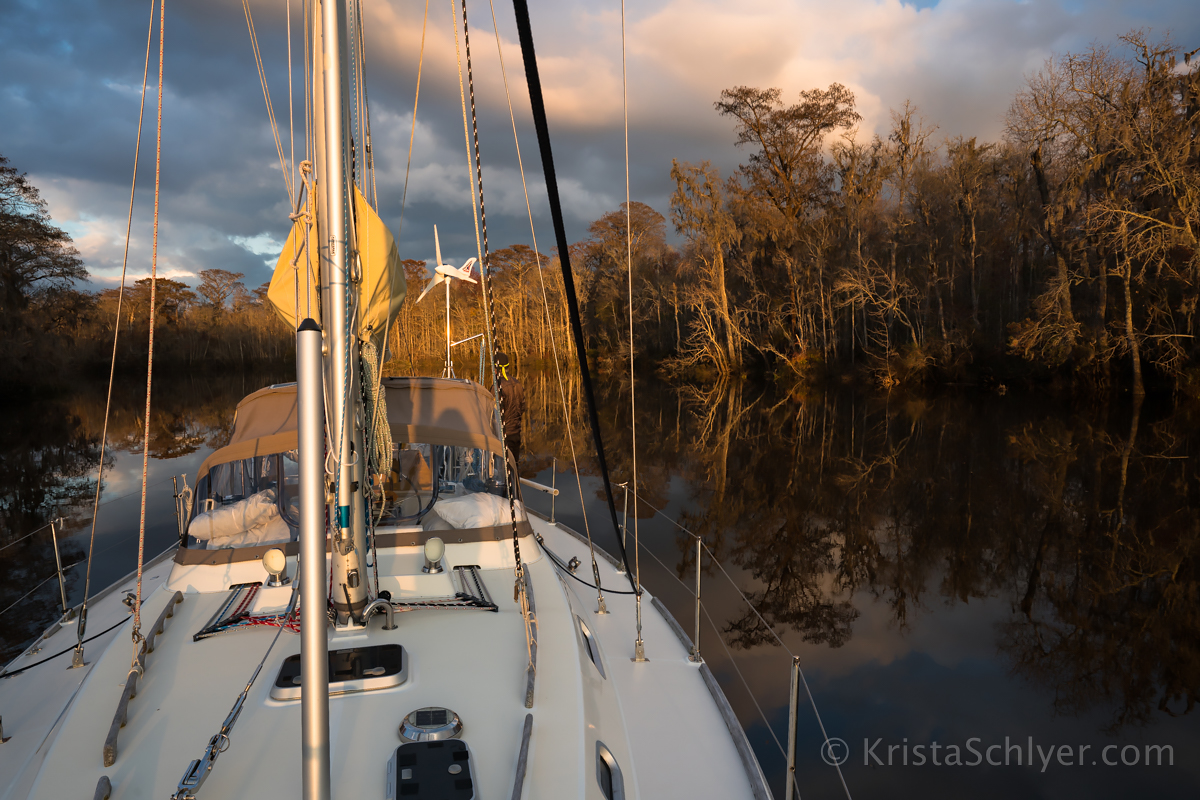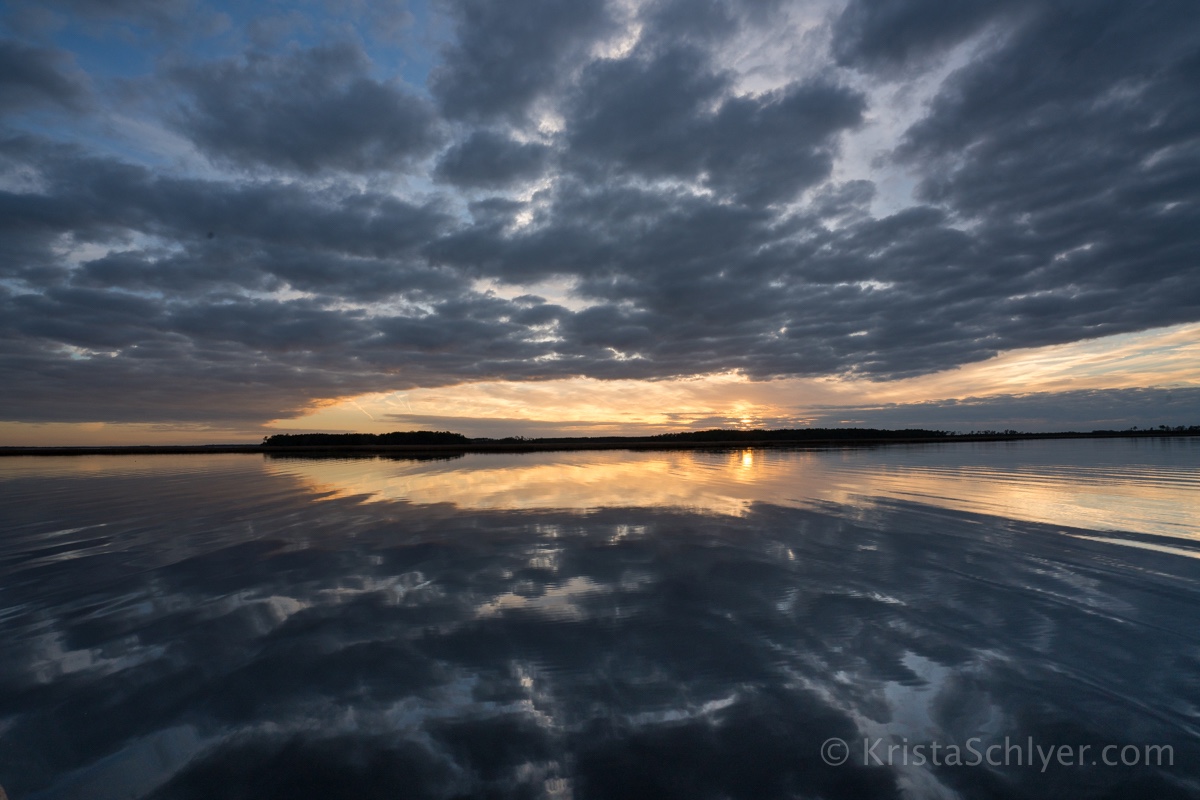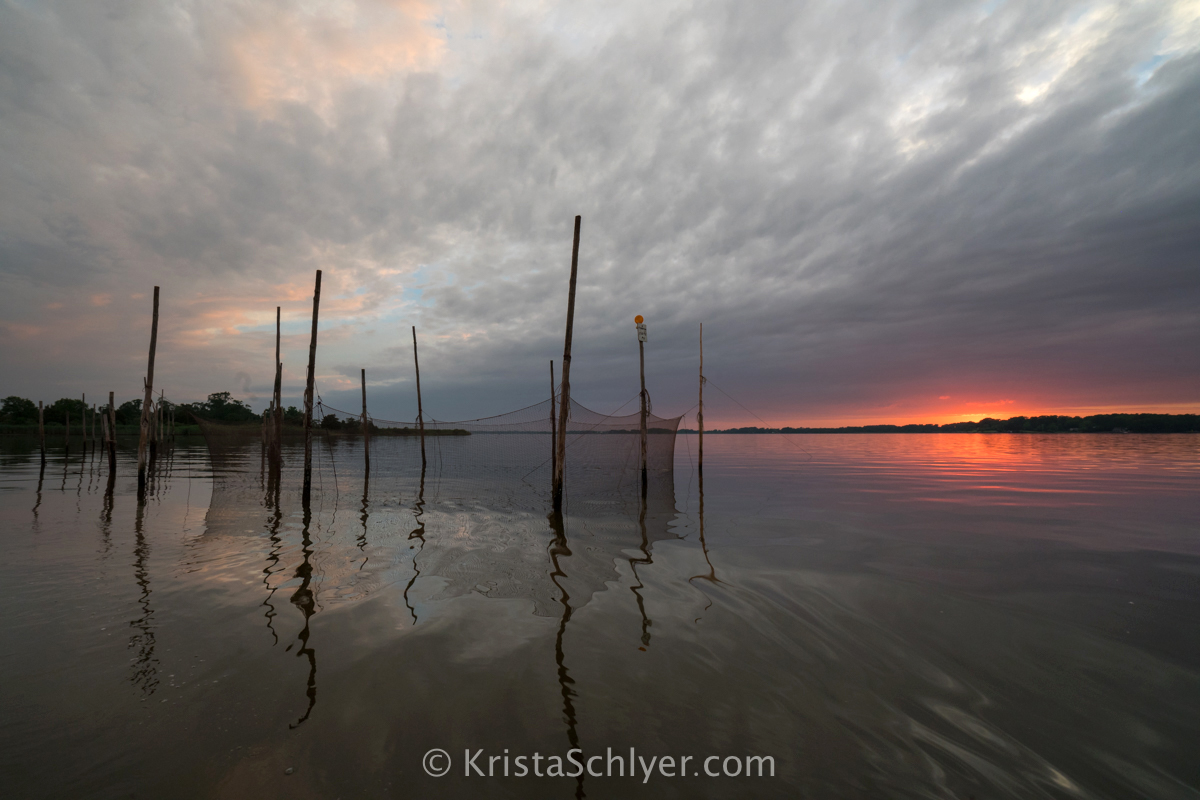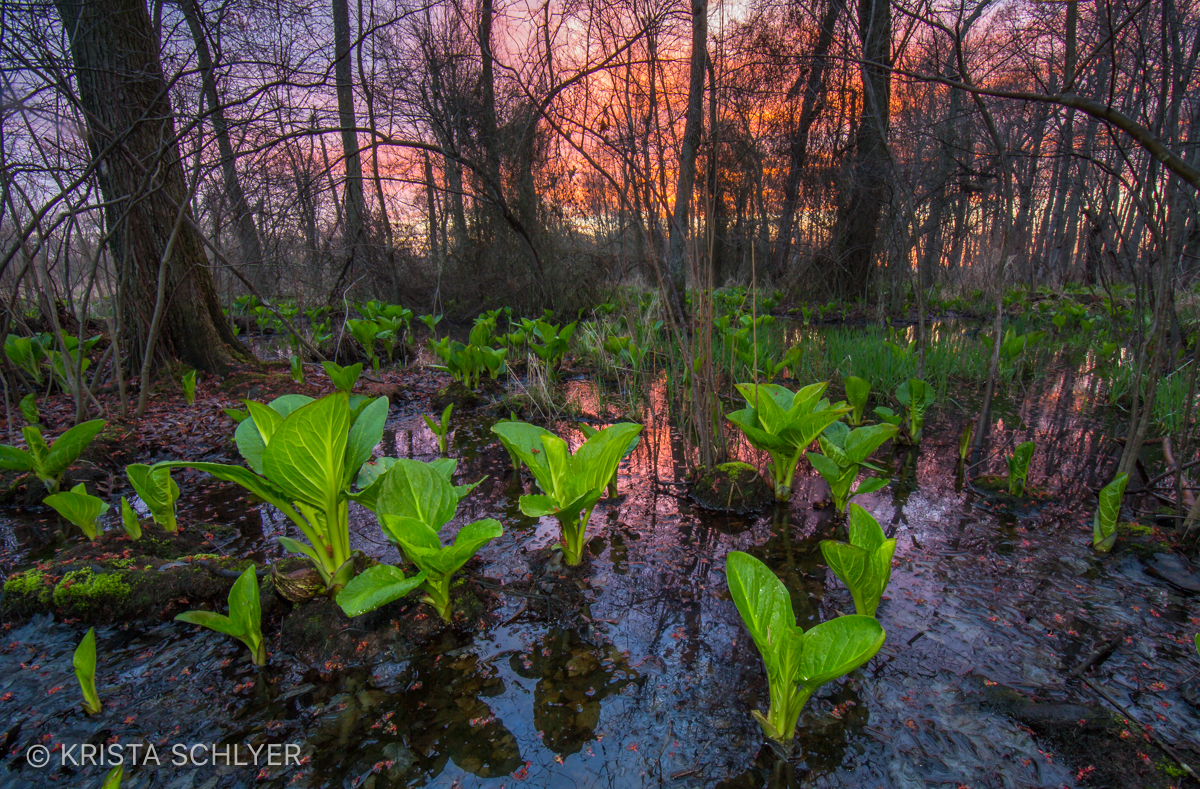About midway down the western edge of Guadeloupe there is a small bay where the town of Bouillante nestles within the foothills of towering green peaks. Here most of the population speaks French, the air smells strongly of sulfur, and every day, for most of the daylight hours and long into the night, the communityContinue reading “Boiling, Guadeloupe”
Tag Archives: Writing
The Beginning
I woke this morning at first light and climbed the four steep companionway stairs into the cockpit. I have climbed these stairs 1000 times in the past 18 months. The boat interior was dark but the sun, still below the mountains to the east, cast a pale light on the clouds in the western sky.Continue reading “The Beginning”
THE BOAT LAB: Crash Diet for Freeeedom
A conscious approach to consumption becomes critical to sustainable life on a sailboat.
When Time Sleeps
It was that type of rare and wondrous morning. Easy. Gentle. Light and lightening. When long-held burdens of the soul lift and time seems to stretch out and relax, lounge about easily as if it means to stay a while. Just here.
Thieves in the Night
Had the Atlantic trade winds been westerly, we would be living in a very different world. These relentless winds blowing ever from the east facilitated the conquest and colonization of the Western Hemisphere; they made and unmade kings. And they make beggars of all those who try to oppose them.
Destination Unknown
One year ago today Bill and I woke at dawn in Town Point Marina in Deale, Maryland. As usual the swallows and osprey had beaten the sun awake, and they chattered and fretted as we prepared the boat for its biggest day, the day we would cast off lines from our home port. Within theContinue reading “Destination Unknown”
Andiamo’s Gift
Fort Pierce, Florida, Birthplace of Maggie May Everything tastes so much better when you have reached the far side of an unexpected ordeal. My coffee this morning. The new box of Walkers shortbread I just opened. The breakfast eggs and potatoes Bill made. Some 16 hours ago I thought there would be no more breakfastsContinue reading “Andiamo’s Gift”
The Longest Night
At 2:00 am I look up from my book to see Bill sleeping deeply, his sleeping bag gripped tightly around him against the cold. The dim blue light cast by a night vision night light pulls his face out of utter darkness. He’s just a face and a cocoon of maroon puffs of sleeping bag.Continue reading “The Longest Night”
A Very Pungo Thanksgiving
A bald eagle perched in a long dead conifer has been witness to a spectacular procession of light-on-water these past 12 hours. He and Bill and I. We are all in the upper stretches of the Pungo River, near the point where the Alligator River – Pungo Canal reaches its southern terminus in North Carolina.Continue reading “A Very Pungo Thanksgiving”
Gratitude, Maryland
Where to start? Ohio, West Virginia, Pennsylvania, Maryland…all places I wasn’t expecting or hoping to to blog about at the end of June 2020, but that is the way of adventures. I’m writing from the dining room table of my good friends, the Goods, who have kindly and warmly welcomed Bill and I to stayContinue reading “Gratitude, Maryland”
The Voyage Has Begun
Chesapeake Bay: Rockhold Creek to Chester River 6-14-2020 Last Tuesday, June 8, 2020 we cast off lines at Town Point Marina in Deale, Maryland, and headed out into the Chesapeake Bay for what we hope is a 3-year voyage around the world. Dear friends began arriving around 8 am and we said a few words,Continue reading “The Voyage Has Begun”
Confluence Moon
The following text is excerpted from River of Redemption: Almanac of Life on the Anacostia, published in November 2018 by Texas A&M University Press. Each chapter of the book is titled according to the custom of many native North American cultures, to name a month for the defining quality of its days. Anacostia Almanac months areContinue reading “Confluence Moon”
Waking Moon
The following text is excerpted from River of Redemption: Almanac of Life on the Anacostia, published in November 2018 by Texas A&M University Press. Each chapter of the book is titled according to the custom of many native North American cultures, to name a month for the defining quality of its days. Anacostia Almanac months areContinue reading “Waking Moon”
